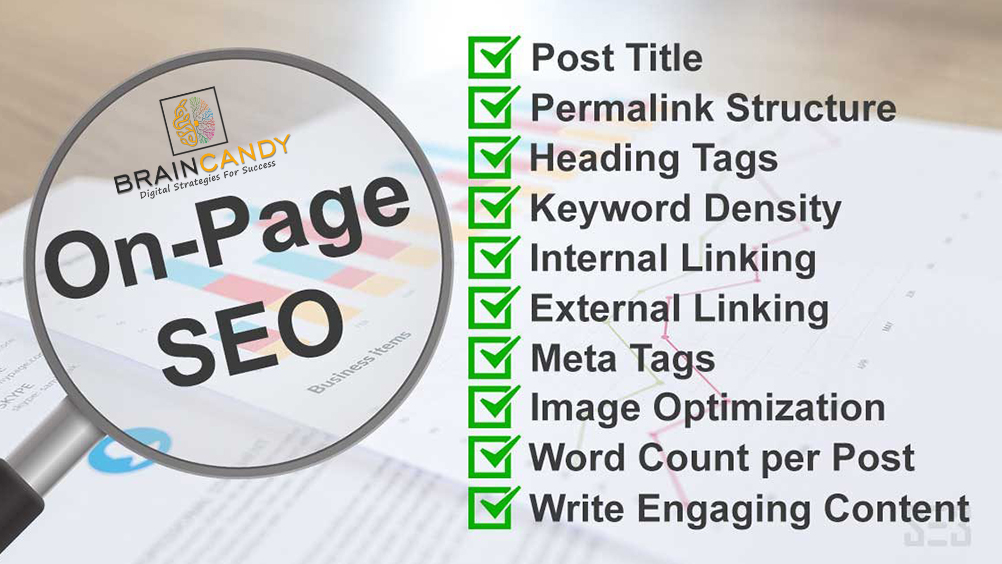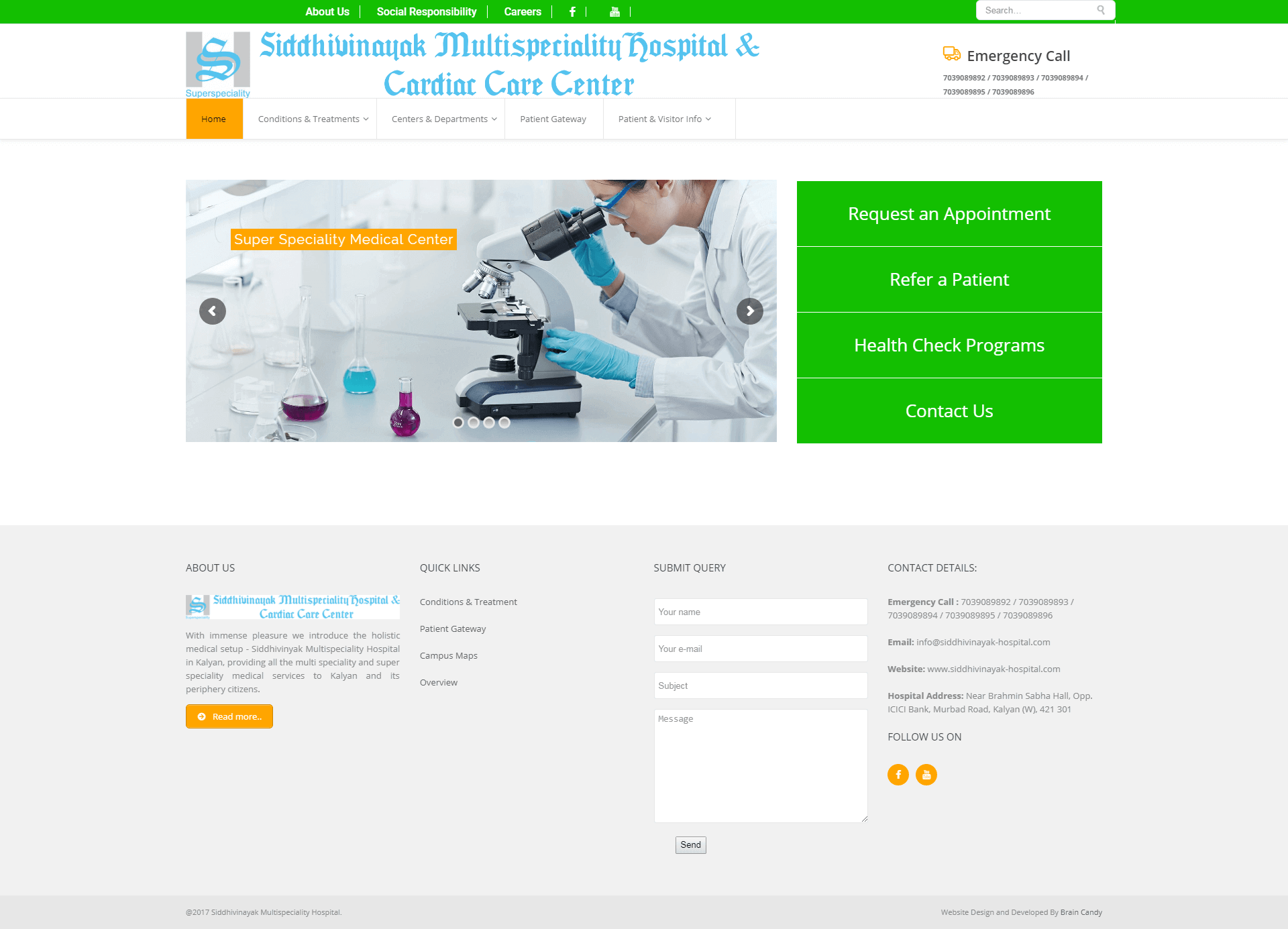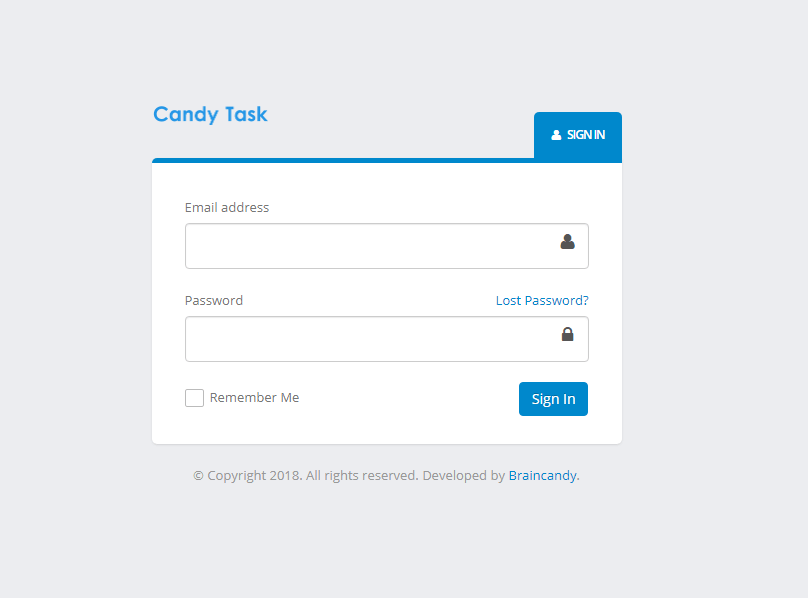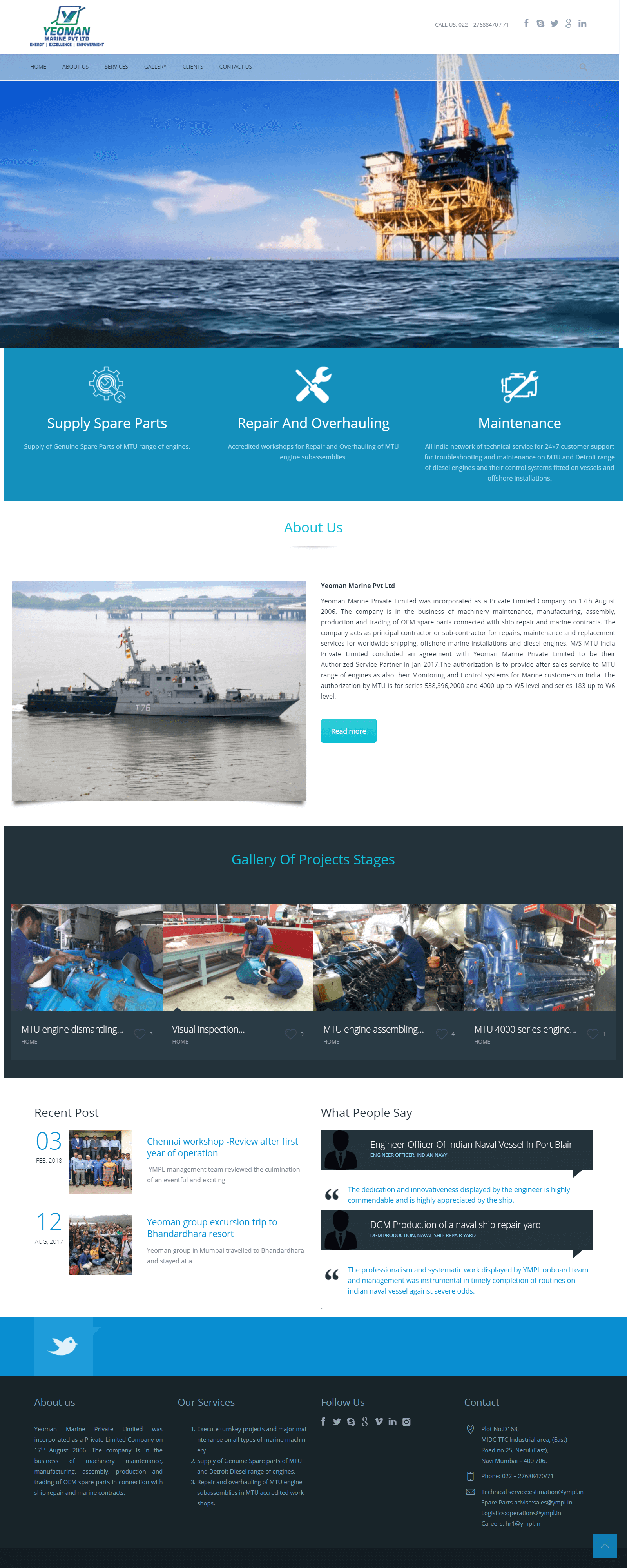- BY braincandy
- POSTED IN SEO
- WITH 0 COMMENTS
- PERMALINK
- STANDARD POST TYPE


Search engine optimization or SEO is one of the main digital marketing tools of the new age world. Nowadays even a new concept like the SEO has been bifurcated into new school and old school. The new one focuses on making the topics more comprehensive while the old school relies more on the targeting keywords. The most of the remaining work is being carried out by the great Google. But the question that now arises is what SEO will do when keywords are being dropped from the program by Google. To solve this riddled problem the process of semantic search has emerged as the ultimate solution.
Semantic Search
The process of search that involves understanding the thought of the surfer along with comprehension of every intricate fact about the terms and their correlation is defined as a semantic search. It is the most relevant way to get a productive search result.
The semantic search made its first appearance in the net world with the introduction of Google’s Hummingbird algorithm which was invented to identify the surfer’s intentions and search for relevant contexts. The algorithm makes the search relevant to the meaning rather than the words.
Another part of the Hummingbird algorithm is the Rankbrain mechanism that utilizes the search results and ranks the links according to their relevancy with the meaning of the search topic. With these two on board, Google has made life very easy for the searchers and also for On-Page SEO.
When the semantic search is operational the enquiry becomes very lucid. It is a fact that in this process the query results gather up all the similar links in pages that have same topics, it may or may have similar wordings but the relevancy in the subject is a must.
To incorporate semantic searching prowess on your website you must follow the following points to unlock your On-Page SEO potentials.
A focus of your page
In light of semantic search SEO has found itself in quite a pickle here. Since the SEO domain has been dissected into old school and new school sects the actual focus is somewhat lost in transition. In case of old school, there are various search results due to a set of similar keywords on a specific subject. In case of new school thought the whole search is compressed in a single relevant heading. In this scenario the problem is a lot of results pressure the page and the will to find the perfect link is lost. To give both the schools a common ground it is better to create a group of keywords with topic relevancy that will produce the best intentional contextual search results.
Relevance one point o
The time has come to proceed onward to the part of keyword investigation and focusing on semantic SEO. At a point when Google gets a question, the main thing it does is recover indexed lists significant to the inquiry. You need to utilize keywords in your substance to tell Google that your page is one of those outcomes. The primary thing Google does when it gets an inquiry is experiencing its list to discover the pages that match it, likely utilizing the TF-IDF algorithm. Google recovers conceivable query items from the list, and these outcomes might be then additionally separated by different pertinence and quality signs. In the time of semantic inquiry, watchword research may have become less direct, however no less imperative. It is done using two main Google tools namely – Google Related Searches and Google Autocomplete. The process of implementation of these two is quite unique and it is done by first applying the keyword tracking process followed by the keyword auditing method in HTML.
Meta-relevance and latent indexing in semantic SEO
To ace topical significance in the period of semantic SEO, top to bottom examination of your best-positioned rivals is fundamental. The regular highlights among the best performing outcomes will give you a smart thought on the best way to cover a subject comprehensively to enhance significance and rankings. The technology with the help of which Google gets well versed with the correlation among keywords, topic and websites is called latent semantic indexing or LSI. By examining billions of website pages and the terms utilized as a part of them, Google realizes which terms are connected, which are equivalent, and which are regularly shown up in a similar setting. This gives the engine a chance to assemble assumptions with regards to the terms that are probably going to show up in a relevant context. Rankbrain gives this process further boost. Thus both the mechanisms work on the process of reverse engineering of the human thoughts and help the researchers cover all of the relevant pages about the topic. The implementation of this advantage can be done by auditing and with the help of the TF-IDF algorithm.
Knowledge Graph
A collection of various entities about various topics by Google is known as a knowledge graph. Knowledge Graph information is utilized as a part of natural rankings, rich answers, and different question particular kinds of query items. To make use of this you must first ensure your entity’s entrance in the graph followed by tracking of its responsiveness. To analyse the results and to get desirable feedback you must take analytical data through Wikidata, make use of mark-up schema and observe the response through social networking feedbacks.
Quality report
It is very important that you get a report on your semantic SEO process. It’s pivotal to comprehend that the most attractive measure of the adequacy of any new part in Google’s algorithm for rankings. To improve your website’s visibility, profitability and popularity you need to be vigilant about certain metrics or measurements. User satisfaction might be estimated with these measurements like SERP click rate, time on page, and bounce rates. To verify these you need to examine your page for speed with WebSite Auditor, enhance engagement through A/B testing, test your smart interface and watch out for your pages’ client encounter factors in Google Analytics.













